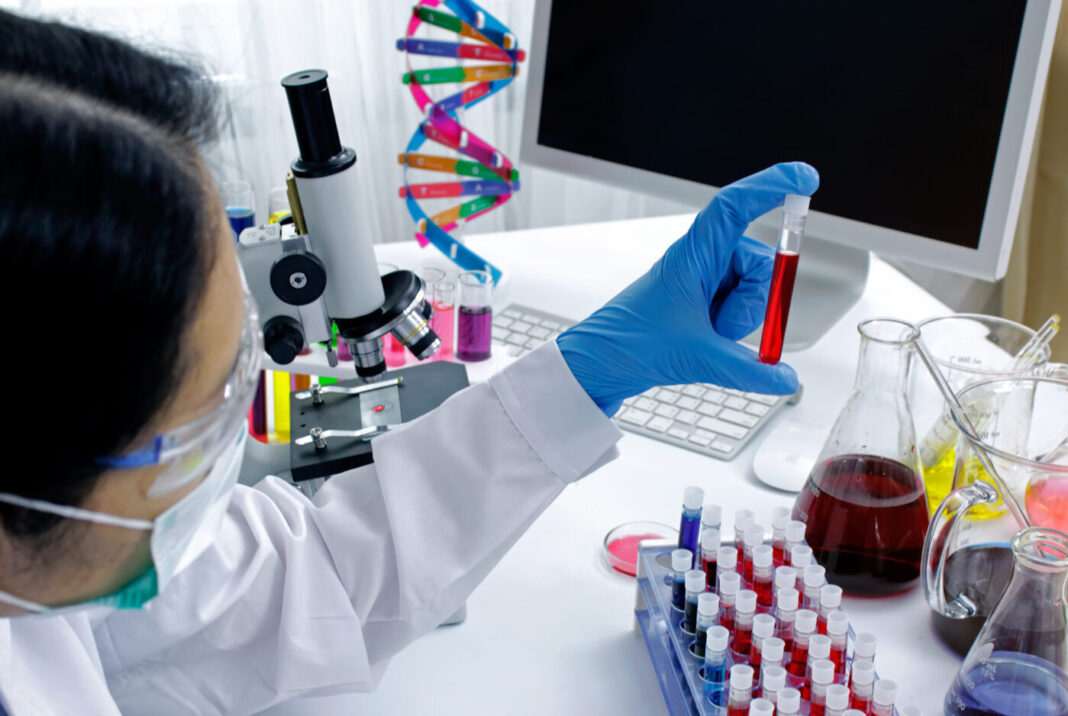Homology Medicines has reported on a novel, plug-and-play manufacturing platform for producing gene transfer and gene editing therapeutics for rare diseases. The technique uses Homology’s proprietary Clade F AAV capsids derived from hematopoietic stem cells (AAVHSCs) for Homology’s products. But the plug-and-play platform works equally well with other serotypes as well.
As their programs progress through development and into the clinic, Homology Medicines has increased its focus on the drug product, specifically through development of stabilizing formulations to enable high titers and long-term stability, thereby relieving pressure on clinical storage and supply chains.
Therapeutic adeno-associated virus preparations have a reputation for both production and long-term stability issues, even at low concentrations. The novel process reduces some of these challenges, not only for the stability of liquid AAVHSCs but for capsid stability.
The process achieves titers in excess of 1014 vg/mL which are stable for at least one year at between 2 and 8°C, and more than six months at room temperature. This could be a game changer for future cell-based therapies, as it virtually eliminates the costs and overhead for -80°C-storage throughout the clinical supply chain, from manufacturing site to clinical pharmacy.
Homology has focused on developing a complete AAV platform process, says Tim Kelly, chief operating officer, Homology Medicines.
“As part of this work, we have developed a novel transfection system that delivers industry-best titers, and optimized a two-column chromatography purification process that delivers high vector quality,” he tells GEN. “Importantly, we have a panel of more than forty analytical methods that we use to release product and fully characterize our vector. This has allowed us to drive continuous learning and improvements. Lastly, to our knowledge, Homology was the first to scale-up a transfection suspension process to 2,000L single-use bioreactor.”
Homology Medicines has published an abstract describing this work.
Cryogenic storage is not typically an issue for developers of therapies, but mostly affects hospitals and pharmacies. Most importantly, simplifying the supply chain benefits and care centers patients directly.
“As we learned in real time with COVID vaccines, managing frozen storage supply chains makes everything more complex and challenging,” continues Kelly. “Every hospital has a refrigerator available, but some small hospitals and clinics do not have minus-seventy freezers. So, for products requiring cryogenic storage and handling, patients must travel to hospitals with this capability. The focus here is to make things as easy as possible for patients and for the hospitals, and that is the big benefit we can achieve with our new formulation.”



